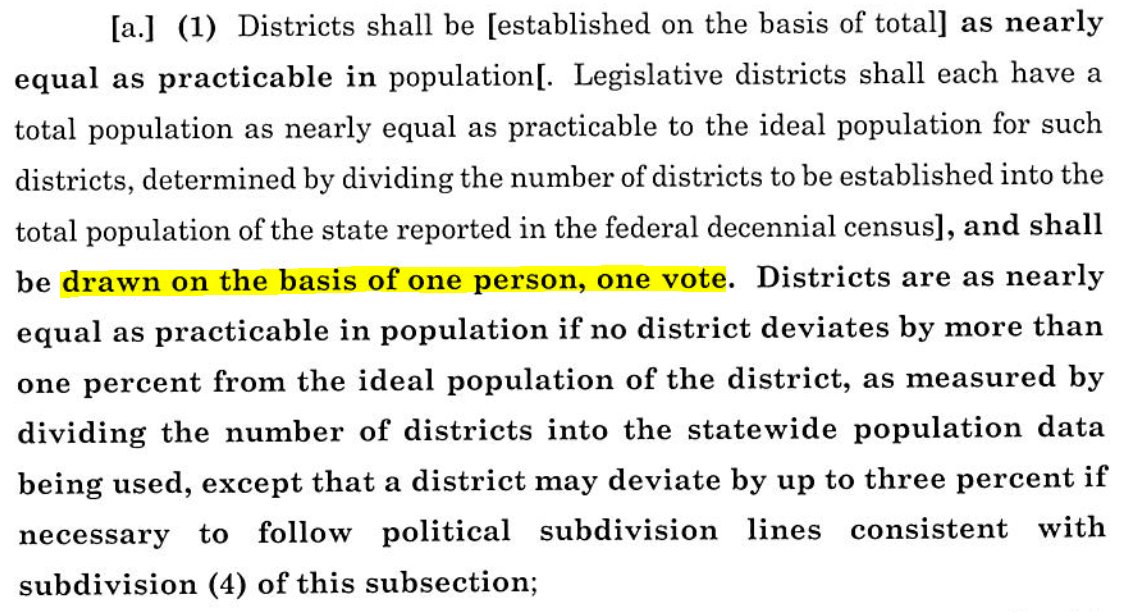
Why "small" numbers can have a big impact when you're talking about the census:
After the 2010 census, North Carolina lost the last seat in Congress to Minnesota because of a difference of nearly 15,800 people.
After 2000, Utah lost to North Carolina because of 856 people.
After the 2010 census, North Carolina lost the last seat in Congress to Minnesota because of a difference of nearly 15,800 people.
After 2000, Utah lost to North Carolina because of 856 people.
2. So, after leaked documents revealed "processing anomalies" affecting more than 1,000,000 records for the #2020Census around the country, why did the Census Bureau's statement emphasize that these anomalies "affect less than seven-tenths of one percent of records"? 

3. In 2010, then-Census Bureau Director Robert Groves called the 15.8K difference between North Carolina and Minnesota "the largest discrepancy in half a century," according to the bureau's official transcript:
www2.census.gov/programs-surve…
www2.census.gov/programs-surve…

• • •
Missing some Tweet in this thread? You can try to
force a refresh















